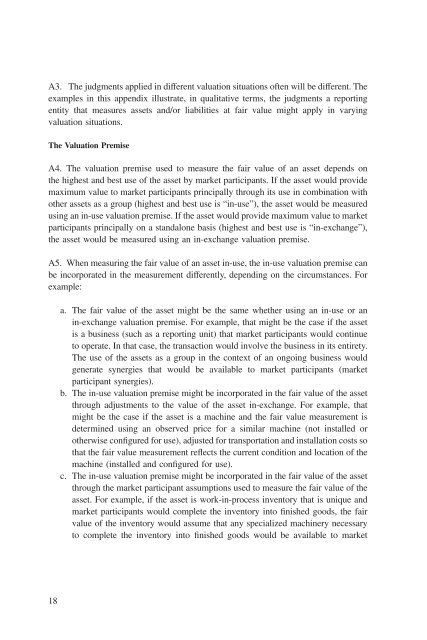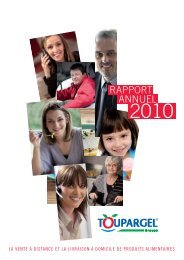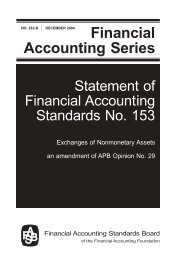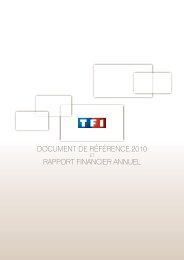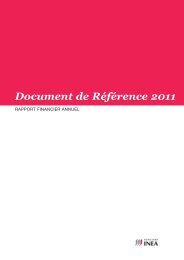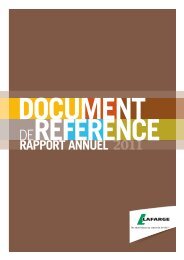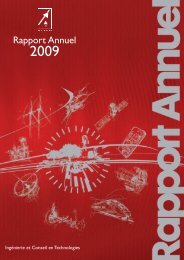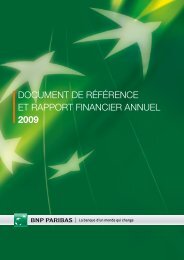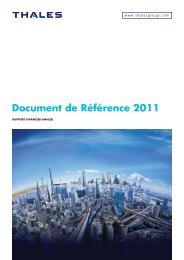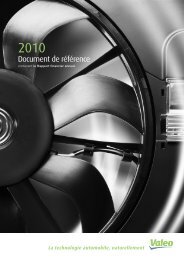Statement of Financial Accounting Standards No. 157 - Paper Audit ...
Statement of Financial Accounting Standards No. 157 - Paper Audit ...
Statement of Financial Accounting Standards No. 157 - Paper Audit ...
Create successful ePaper yourself
Turn your PDF publications into a flip-book with our unique Google optimized e-Paper software.
A3. The judgments applied in different valuation situations <strong>of</strong>ten will be different. The<br />
examples in this appendix illustrate, in qualitative terms, the judgments a reporting<br />
entity that measures assets and/or liabilities at fair value might apply in varying<br />
valuation situations.<br />
The Valuation Premise<br />
A4. The valuation premise used to measure the fair value <strong>of</strong> an asset depends on<br />
the highest and best use <strong>of</strong> the asset by market participants. If the asset would provide<br />
maximum value to market participants principally through its use in combination with<br />
other assets as a group (highest and best use is “in-use”), the asset would be measured<br />
using an in-use valuation premise. If the asset would provide maximum value to market<br />
participants principally on a standalone basis (highest and best use is “in-exchange”),<br />
the asset would be measured using an in-exchange valuation premise.<br />
A5. When measuring the fair value <strong>of</strong> an asset in-use, the in-use valuation premise can<br />
be incorporated in the measurement differently, depending on the circumstances. For<br />
example:<br />
a. The fair value <strong>of</strong> the asset might be the same whether using an in-use or an<br />
in-exchange valuation premise. For example, that might be the case if the asset<br />
is a business (such as a reporting unit) that market participants would continue<br />
to operate. In that case, the transaction would involve the business in its entirety.<br />
The use <strong>of</strong> the assets as a group in the context <strong>of</strong> an ongoing business would<br />
generate synergies that would be available to market participants (market<br />
participant synergies).<br />
b. The in-use valuation premise might be incorporated in the fair value <strong>of</strong> the asset<br />
through adjustments to the value <strong>of</strong> the asset in-exchange. For example, that<br />
might be the case if the asset is a machine and the fair value measurement is<br />
determined using an observed price for a similar machine (not installed or<br />
otherwise configured for use), adjusted for transportation and installation costs so<br />
that the fair value measurement reflects the current condition and location <strong>of</strong> the<br />
machine (installed and configured for use).<br />
c. The in-use valuation premise might be incorporated in the fair value <strong>of</strong> the asset<br />
through the market participant assumptions used to measure the fair value <strong>of</strong> the<br />
asset. For example, if the asset is work-in-process inventory that is unique and<br />
market participants would complete the inventory into finished goods, the fair<br />
value <strong>of</strong> the inventory would assume that any specialized machinery necessary<br />
to complete the inventory into finished goods would be available to market<br />
18


